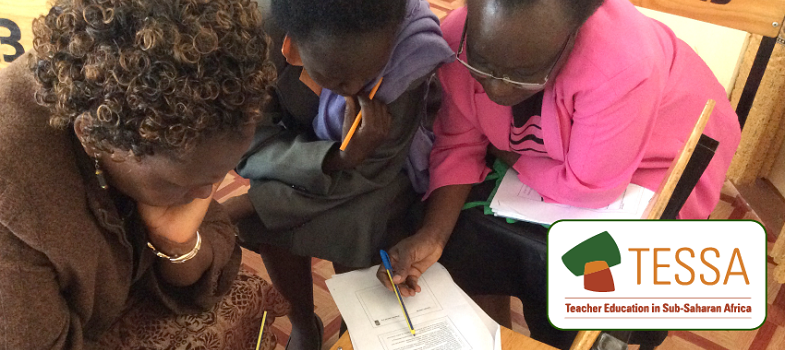3. Organising a campaign
As a teacher, you need to help pupils understand their responsibility to their environment in ways that stimulate their interest and develop a caring attitude towards it. In the Key Activity, a poster campaign is used as a stimulus and in Case Study 3, a small-scale project is described that shows how different groups can interact in order to make a difference.
As the pupils work through such a project, your role is to be well prepared to anticipate some of their needs and provide resources to support their learning. If you have a large class, you will have to think how you can involve all your pupils and perhaps divide the tasks up between groups. With younger pupils, you may have to plan to do something on a much smaller scale and involve some members of the community in helping you more.
Case Study 3: Planning and carrying out a class ‘clean-up’ campaign
A class in Ngombe school in Iringa decided to launch a ‘clean-up’ campaign. Their teacher Mrs Mboya had been working on a cross-curricular theme with the title ‘looking after our land’.
Having spent one morning walking around the school and the area just outside it, Mrs Mboya and her class discussed what they had seen. They listed everything they liked about the area and also those areas or things they would like to change or improve.
They decided they could work on two small areas to clean up the environment – the school playground and the local stream. The class was divided into two groups with two teams working in each area. The teams discussed what they could do and then shared their ideas with their other team. They agreed who would do which tasks and then each team worked out its own action plan for the week, around school hours.
The class carried out the clean-up over a one-week period. They then made a display in the school hall that showed:
- the amount and type of material collected in the clean-up;
- their plans for keeping the environment attractive and litter-free in the future;
- how to dispose of the litter, including recycling and reusing some of it and burning or burying some.
The assembly went well and many pupils from other classes were pleased at the work done and helped to keep the school area tidier.
Key Activity: Taking action on environmental issues
This activity builds on your pupils’ raised awareness of litter and waste management and takes a step-by-step approach to learning through action.
Step 1 – Ask the class (perhaps working in pairs) to identify litter and waste issues in and around the school. Select one issue (probably the one that was mentioned the most).
Step 2 – Work with the class to design a ‘plan of action’. To do this, ask each pair to suggest ways of solving the problem. Make sure that the agreed plan of action you develop is realistic and can be attempted by the class. Give out tasks to groups of pupils.
Make the plan into a large poster with deadlines that can be displayed on the class walls.
Step 3 – Take action: this might involve days or months of work but make sure each group keeps a record of what they do, when and in which order.
Step 4 – As they complete each part of the action plan, ask them to record their progress on the poster.
Step 5 – On completion, reflect on the success of the action with the class. What went well? What did they learn? What were the problems? What could they do to extend this idea? Is the area staying clean?
2. Using stories to explore environmental issues



